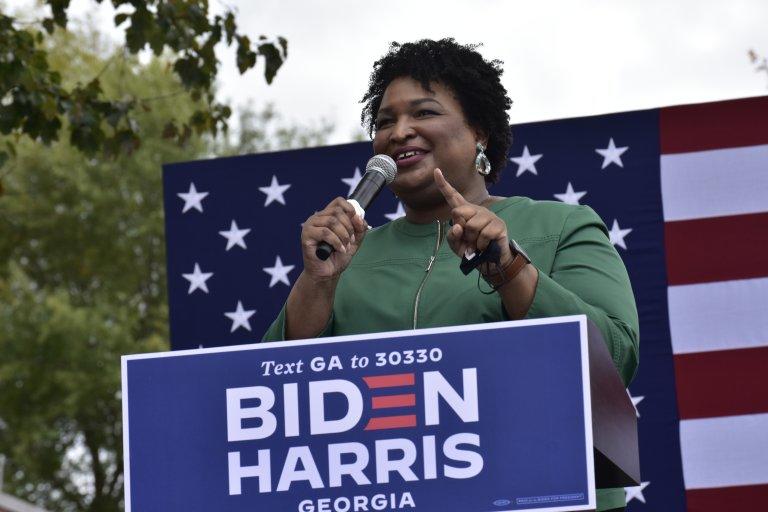
Caption
Stacey Abrams stumped for Democratic candidates across the state, including this DeKalb appearance in October. Democrats say her get out the vote efforts helped elect Raphael Warnock, Jon Ossoff and Joe Biden.
Credit: Ross Williams/Georgia Recorder


